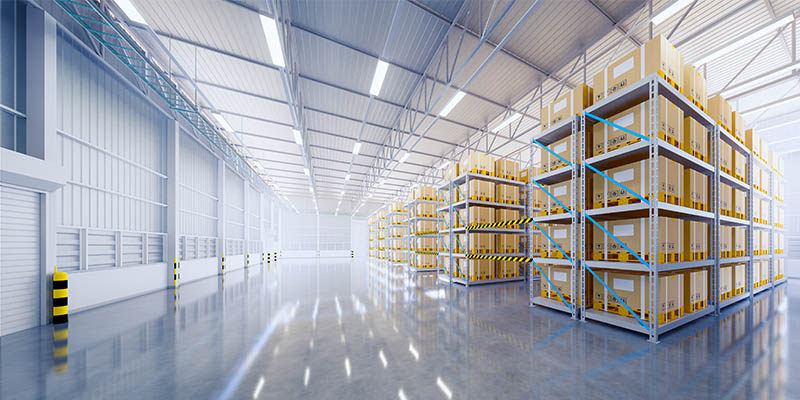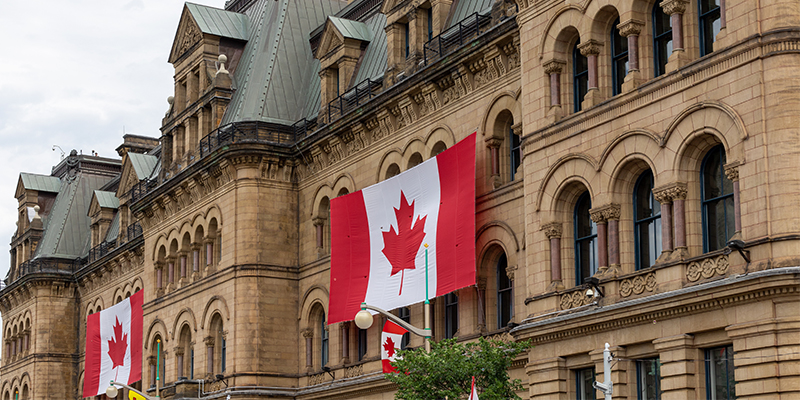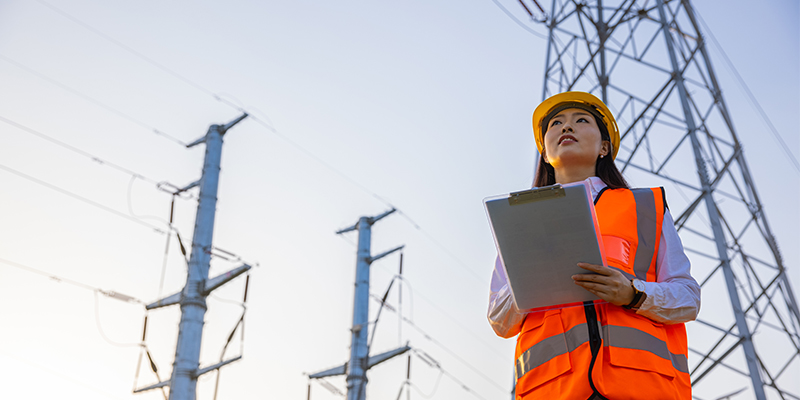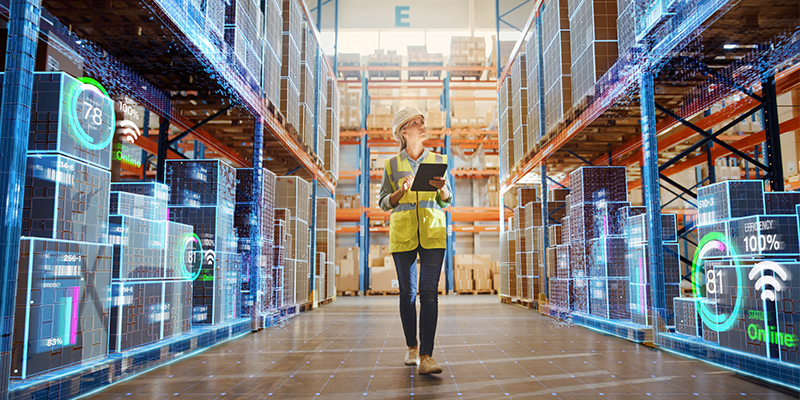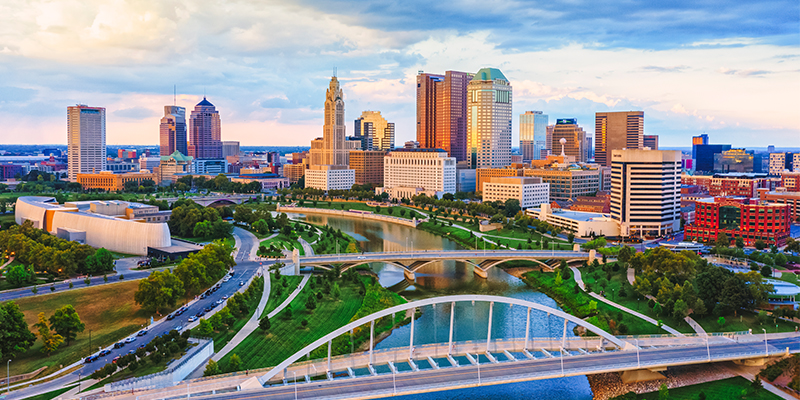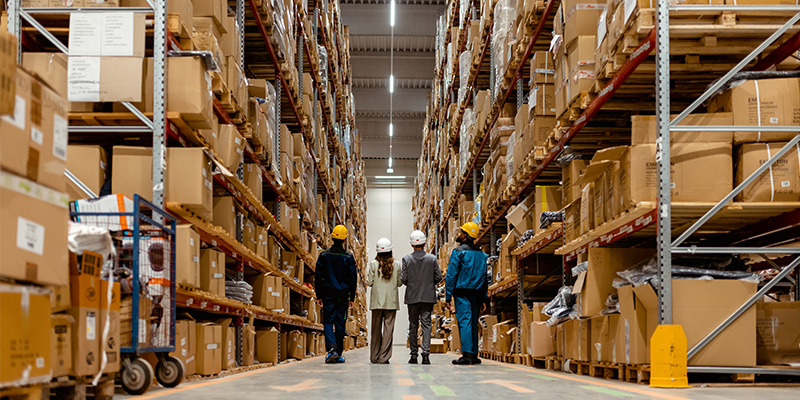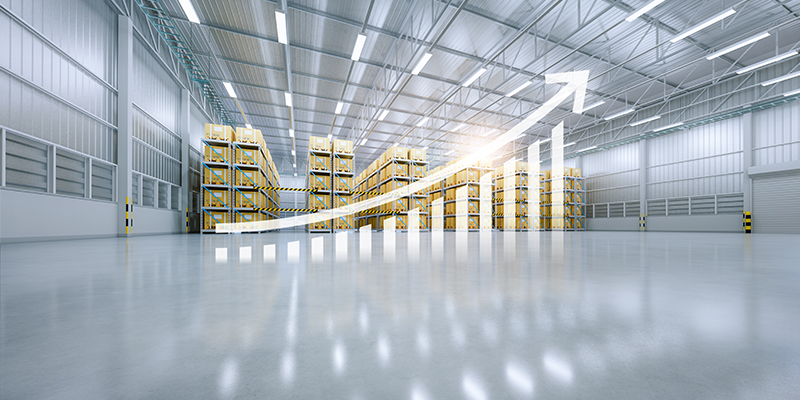Last year was challenging for everyone as the world seemed to come to a halt. But, the transition to sheltering-in-place and working from home was helped immensely by the availability of two-day or same-day shipping — powered by a robust and growing industrial real estate market. In fact, the logistical backflips necessary to meet the surge in demand throughout the pandemic also advanced the e-commerce industry even further into the future.
CommercialSearch’s 2021 industrial pipeline report analyzed data provided by CommercialEdge to see just how much industrial space was projected to be delivered this year across the country — and the answer is a lot. More than 1,000 properties in the U.S. are set to deliver 342 million square feet in 2021. That’s the most in the last five years and an increase of 24% over 2020, which saw 915 properties delivered totaling 276 million square feet.

Most of the space being added is in the south and west, with the Dallas-Fort Worth metroplex leading the way with nearly 28 million square feet of industrial space across 81 properties. This accounts for 8% of the total added space in the nation.
Further south in the Lone Star state, Austin and Houston are each adding more than 10 million square feet, as well. And, although Houston is adding 41% less industrial square footage than it did last year, Austin is making up for it by adding 511% more industrial square footage than last year. The latter is due to two projects that make up more than half of the space to be added: Tesla’s Giga Texas and a new Amazon fulfillment center in Pflugerville. Elon Musk’s new Austin facility will be a whopping 4 million square feet and the main manufacturing facility of the Cybertruck and the Tesla Semi. Meanwhile, Amazon’s new fulfillment center — owned and developed by Seefried Industrial Properties — will be 3.8 million square feet.
Notably, of the 10 largest industrial properties to be delivered this year, Amazon will occupy eight of them and own four outright, the largest of which — a 4-million-square-foot fulfillment center — will be in Colorado Springs and one of Colorado’s largest buildings once completed.

Meanwhile, Phoenix is set to add the second-most industrial space in the country — 18.4 million square feet. The metro will also be home to a new robotics facility in Goodyear, Arizona. The fulfillment center is set to add 2.3 million square feet of industrial space to the Phoenix market later this year.
However, while 2021 looks to be a banner year for industrial construction, there are still challenges. Global supply chains have been shaken deeply and when demand exceeds supply, it can have imbalanced economic effects. For instance, as demand increases, many of the prime industrial properties with the necessary attributes — like high-velocity cross docks and a location near main traffic corridors — are being snatched up quickly and raising prices, thereby pricing out smaller would-be buyers.
The good news going forward is that industrial buildings are built relatively quickly compared to other types of buildings — taking just 80 days, on average — and investments tend to be more stable. Moreover, many of the businesses that occupy industrial buildings were considered essential during the pandemic and, as a result, didn’t close, and e-commerce companies actually thrived.
Overall, this year is looking bright for industrial real estate as demand is high. And, as global supply chains even out and catch up — and e-commerce continues to accelerate — absorption appears to be keeping pace with construction.

